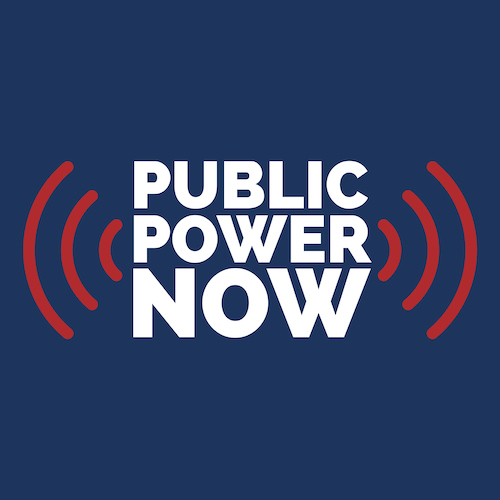The Environmental Protection Agency recently moved to clarify when stationary emergency backup generators may operate in nonemergency situations.
The agency did so through the release of a Fact Sheet and Frequently Asked Questions as well as a companion press release clarifying when stationary emergency backup generators may operate in nonemergency situations.
While the guidance is nonbinding, it indicates a flexible approach that could have implications for companies, such as data centers, considering or already enrolled in certain demand response programs.
Under Clean Air Act (CAA) regulations, EPA allows certain classes of stationary internal combustion engines to operate without an hourly limit for emergency situations but with a 100-hour annual limit for nonemergency situations.
A nonemergency situation includes demand response as part of a financial agreement with a third party. These agreements enable operators to seek reimbursement for financial costs associated with nonemergency demand response uses.
Under EPA regulations, backup engines may be operated pursuant to these agreements for up to 50 hours a year, which counts toward the broader 100-hour nonemergency limit, provided that five conditions are met:
• The engine is dispatched by the local balancing authority or local transmission and distribution system operator.
• The dispatch is intended to mitigate local transmission and/or distribution limitations to avoid the interruption of local power supply.
• The dispatch follows reliability and safety protocols that adhere to specific standards or guidelines.
• The power is provided only to the facility itself or to support the local transmission and distribution system.
• The owner or operator keeps adequate records.
• The regulations do not provide a definition for the term “local balancing authority” or “local transmission and distribution system operator,” nor do they define “emergency” with particularity.
EPA's new guidance addresses how businesses with energy-intensive operations can participate in demand response programs without violating CAA regulations.
EPA’s recent guidance refers to a letter EPA sent to Duke Energy clarifying two key points:
• Enhanced Local Authority: Grid operators and local balancing authorities can now require customers to activate backup generators during demand response events, helping prevent widespread outages by reducing grid load.
• Broader Emergency Definition: An Energy Emergency Alert Level 1 now qualifies for emergency demand response if escalation to Level 2 appears imminent without intervention, effectively lowering the threshold for what constitutes a grid emergency.
EPA is currently "evaluating more substantive changes" to the underlying regulations, though specifics on timing and scope remain undefined.
APPA said that there may be a new rulemaking that could expand permissible generator activities under the various stationary engine Clean Air Act rules.
These clarifications provide more flexibility for facilities to support grid reliability while maintaining regulatory compliance, APPA said.
The guidance seems to recognize the need to balance air quality with grid stability amid the demands of artificial intelligence and data centers, according to APPA.
Notably, EPA’s Fact Sheet and FAQ cite the Trump administration’s goal to “ensure [that the] U.S. is the AI capital of the world” as well as Executive Order 14156 (“Declaring a National Energy Emergency”), underscoring the national significance of these changes.
To read EPA’s response to Duke Energy’s request for Reciprocating Internal Combustion Engines (RICE) National Emission Standards for Hazardous Air Pollutants (NESHAP) regulatory interpretation, go to: https://www.epa.gov/stationary-engines/national-emission-standards-hazardous-air-pollutants-reciprocating-internal-0

